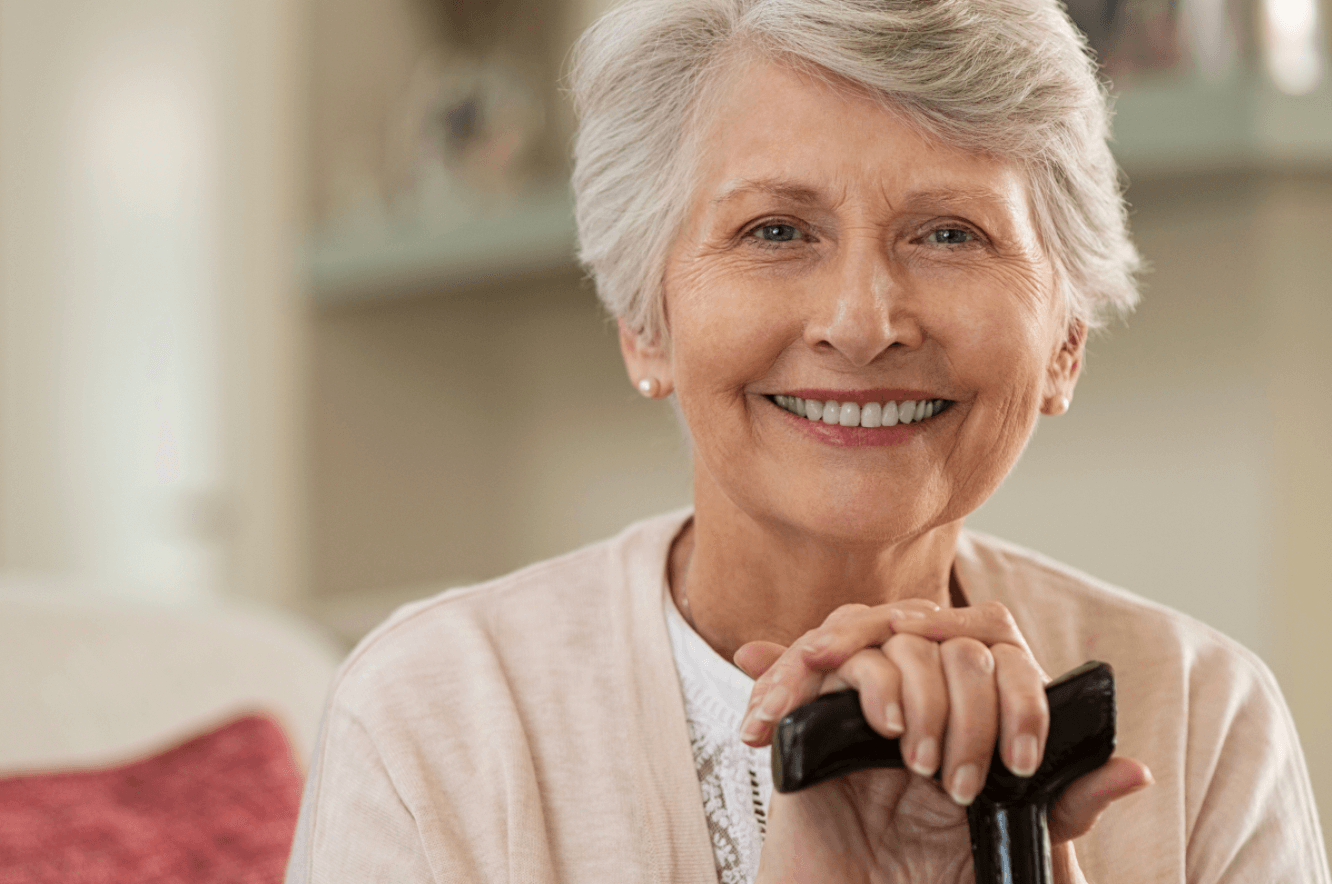As people age, it often becomes necessary to make changes to the home to stay safe and healthy. The best place to start may be the bathroom as a CDC report found that more injuries happen there than any other location in the home. Here are some common safety hazards and steps you can take to ensure a safer bathroom:
- Install Grab Bars
Between using the shower/bath, toilet, and sink, we move a surprising amount in the bathroom. Grab bars are vital tools to give seniors something to securely grip while moving in or out of the tub or getting on or off of the toilet. - Add Non-Slip Surfaces
Many falls are caused by wet, slippery surfaces. To prevent slips, add non-slip mats to the bathtubs or showers. Another step is to look at rugs in the bathroom. While they might match the décor, they can be a risk for slipping. Make sure all rugs have non-slip backing and will not move or bunch up while in use. - Make Tub/Shower Accessible
Overexertion is the second most common cause of injuries in the bathroom. Getting in and out of the shower safely and then drying off can be exhausting. Adding a shower bench can be beneficial to ensure that showering tasks are completed safely. There are a variety of options available and can work with several type of shower layouts. Consider converting traditional tubs into walk-in showers or tubs too so one does not need to climb over the tub sides. For a less costly option, purchase a wide bench with an extender outside of the tub that allows the user to slide into the bath easier. - Make Bathing Easier
We can continue to reduce fall risks once one is in the bath or shower. Make sure all soaps, wash clothes, shampoos, and other products are situated on a lower shelf and near the bather. You can install a hand-held shower head that allows for easier use while seated as well. - Declutter
Clutter, particularly in high-use areas, can make time in the bathroom more risky. Make sure walking paths do not contain trip hazards, and high use areas such as the vanity countertops are free of excessive items. Adding hooks or hampers can help keep clothes and towels from the ground. - Improve Nighttime Lighting
Needing to frequently use the bathroom at night is common for seniors. Install night lights that will illuminate the walkway from the bedroom to the bathroom so you or your loved one does not walk in the dark.
Let CareAparent help!
CareAparent is here to help create the safest environment possible in your home. Our Occupational Therapists can recommend changes to you or your loved one’s home and daily activities to help them age in place safely. Schedule your complimentary consultation today!
More information on home safety:
CDC Study on Household Injuries
American Occupational Therapy Association’s Tips for Avoiding Falls

